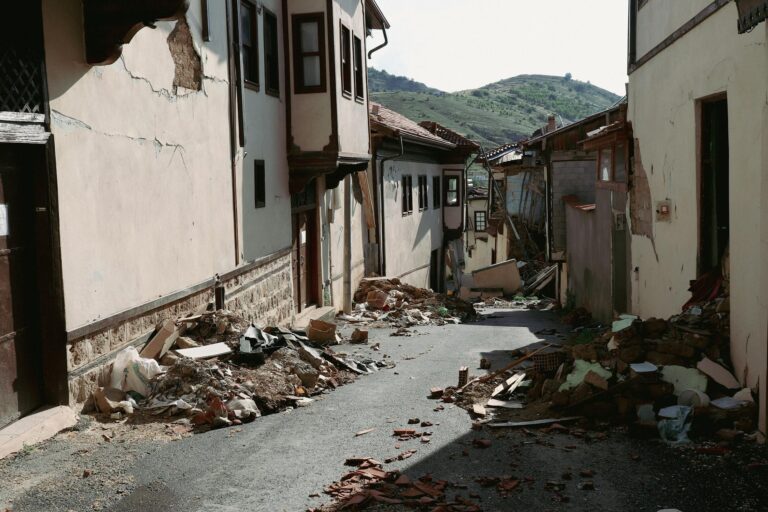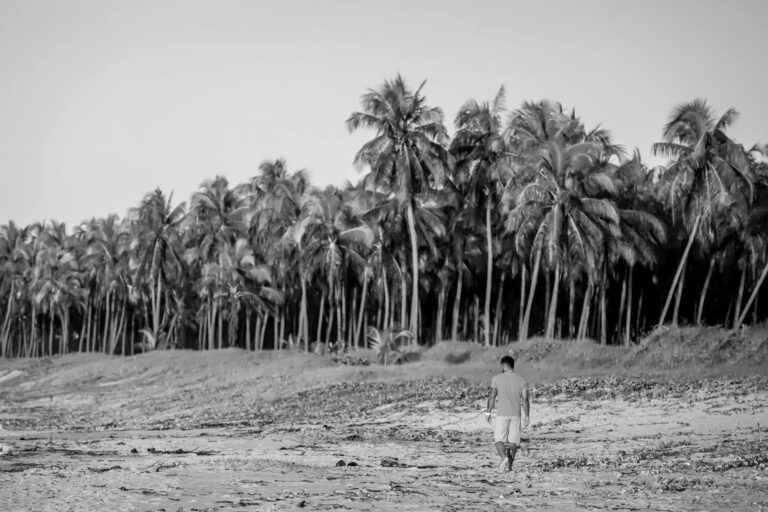
[adsense_top]
Hawaii’s Earthquake and Tsunami Warnings: A Lifeline for the Islands
The Importance of Early Warning Systems
Hawaii is no stranger to natural disasters, with earthquakes and tsunamis being a constant threat to the islands. In recent years, the state has made significant strides in developing an early warning system to alert residents and visitors of impending disasters. The system, which includes a network of seismometers and buoys, provides critical minutes, even seconds, for people to seek safety.
The Science Behind the Warnings
Earthquakes and tsunamis are two of the most destructive forces of nature, capable of causing widespread damage and loss of life. When an earthquake occurs, it can trigger a tsunami, which is a series of ocean waves that can reach heights of over 100 feet. The warning system in Hawaii is designed to detect the initial earthquake and then track the tsunami as it travels across the ocean.
The Warning Process
The warning process begins when a seismic event is detected by one of the state’s 12 seismometers. The data is then transmitted to the Pacific Tsunami Warning Center (PTWC) in Honolulu, which analyzes the information to determine if a tsunami is likely to occur. If a tsunami is predicted, the PTWC issues a warning to the National Weather Service (NWS), which then disseminates the information to the public through various channels, including text messages, sirens, and social media.
The Role of Technology
Technology plays a critical role in Hawaii’s earthquake and tsunami warning system. The state’s seismometers and buoys are equipped with advanced sensors that can detect even the smallest changes in the ocean floor. The data is then transmitted to the PTWC, where it is analyzed using sophisticated computer models. The warning system also relies on a network of sirens and messaging systems to quickly disseminate information to the public.
The Impact on the Community
The earthquake and tsunami warning system has had a significant impact on the community in Hawaii. Residents and visitors alike have come to rely on the system, which has saved countless lives and prevented widespread damage. The system has also helped to reduce the economic impact of natural disasters, by allowing businesses and government agencies to prepare for potential disasters.
Challenges and Future Developments
Despite the success of the warning system, there are still challenges to be addressed. One of the biggest challenges is the need for more funding to maintain and upgrade the system. The state is also working to improve the accuracy of the warning system, by developing new technologies and algorithms.
Conclusion
Hawaii’s earthquake and tsunami warning system is a lifeline for the islands, providing critical minutes, even seconds, for people to seek safety. The system is a testament to the power of technology and the importance of preparedness. As the state continues to work to improve the system, it is clear that the people of Hawaii will always be ready to face the challenges of natural disasters.
Hawaii’s earthquake and tsunami warning system: a lifeline for the islands. Learn about the importance of early warning systems, the science behind the warnings, and the impact on the community.
[adsense_bottom]







